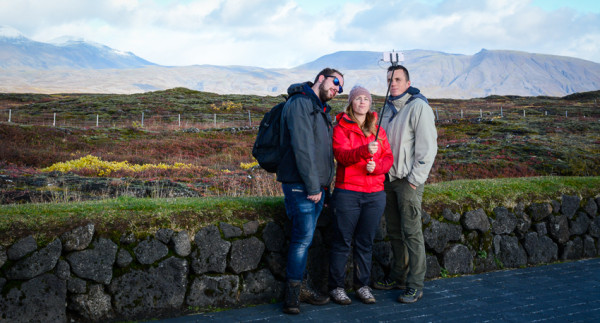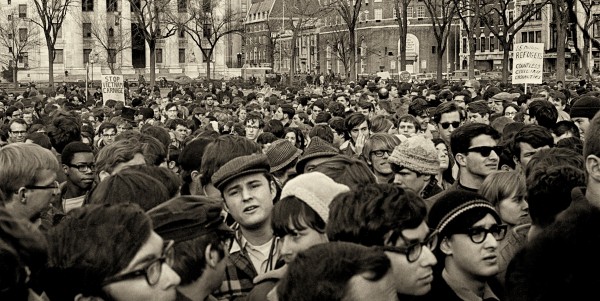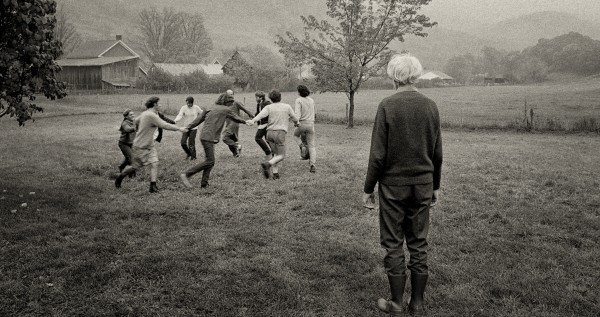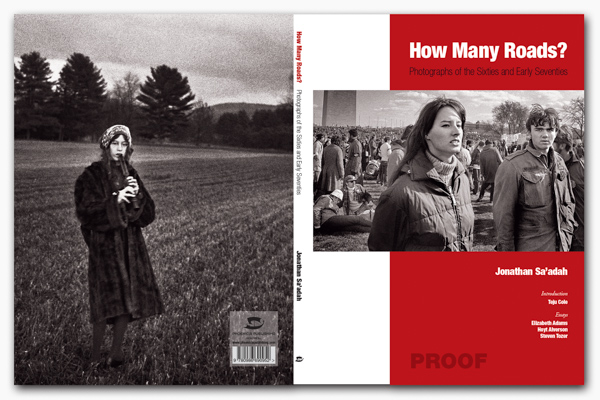I bought a shiny new camera last week. It weighs 180 grams, about a half the weight of my old Leica M4. For 29 years the Leica snuggled happily under my shoulder. Since 2002 – when I gave up using it – I’ve had a mottled succession of computer-cameras, their lifetimes proportional to their cost and the associated guilt factor in replacing them. My feelings towards them has been a shrug – grateful for what they do but indifferent to the cameras themselves.
It’s different with this new camera. It’s small and it does a lot. It costs about the same as a mid-level phone, and includes apps that connect to various social networks. It doesn’t exactly think for you, but it certainly tries.
I’ve been having a bit of high-level identity crises as a photographer for the last couple of years. It’s pretty understandable really. Making a photograph has gone from being a fairly complicated endeavour connoting a certain level of skill to something that the average cell phone does quite well (unaided). What that means is that the pool of capable photographers has gone from a relatively small number to a few billion. I’m not sure of the number, but it’s big. It’s no wonder that I feel a little insecure.
Actually, I think that insecurity started in the 1990s. It wasn’t that everyone could make pictures easily then, but rather that work-for-hire agreements started showing up as part of doing business in the photography world. I had been earning a living as a photographer from the mid-1970s through the 1980s, and work-for-hire was a new arrangement. The bottom line was that a freelancer, such as a photographer, suddenly got designated as an “employee” of a company and the company henceforth owned whatever you produced for them. It was a good deal for the company, and a crappy deal for the photographer. Also there was the rise of “stock agencies” – libraries of images that were either under corporate ownership or corporate management, and basically bypassed meaningful compensation for the photographer who created them.
In basic terms, artists were not getting paid reasonably and the supply of images was ballooning to where, for a small fee, a buyer could get a picture that replaced what previously was a job for the freelancer. In that transition period not only were freelancers getting screwed, but they were also getting replaced.
Enter Napster. Sort of the grandfather of torrenting, Napster made it possible for copyrighted music to be “shared” with no compensation to the artist at all. Suddenly it didn’t matter if you were the Berlin Philharmonic or a garage band in Santa Barbara – your music was no longer under your control and you could confidently look forward to a future of cold-water flats and low-end gigs if being a musician was a high priority to you.
Ditto for photographers. Suddenly (in the early 2000s) photos of mine started showing up in the oddest of places. A portrait that I did of a couple of friends popped up unannounced in Europe illustrating a medical journal article on chemotherapy, where one of my friend’s relatives saw it and called in tears sure that something terrible was going on. Well meaning people pushed the limits of what was (is) called “fair use” to include just about anything. The number of photographers making a living, which had never been a bed of roses, got fewer and the challenges got harder. People who were stubborn and highly talented ended falling down the chain, going from being able to work on challenging projects requiring active minds to mind-numbing work servicing low-margin accounts.
Montreal, like a lot of cities, has been hearing a lot of noise recently over Uber. I keep on booting the Uber app and looking at in in my phone. It’s cool, with all those cute Packman-esque cars cruising around. The truth is that I’ve only ordered a cab in this city a couple of times and then always by (voice) phone, but I keep on cycling through these imaginary scenarios where I’m in another city, say New York or Mexico City, and with a single screen tap a driver shows up to ferry me to some destination. In Mexico City, especially, that’s an enticing prospect. Choose the wrong cab there and you can get treated to an extended ride sandwiched between two thugs making ATM-draining stops. In that context Uber looks like an attractive safety-policy. To be balanced, it’s fair to say, by smashed windshields and the violent opposition of the traditional taxi drivers who are more than a little upset at being replaced, and the same in Montreal.
To me, all the angst over Uber sounds quite familiar, and I’m not really sure how deep my sympathies go. I felt like I got screwed a long time ago, so why should I get all excited about taxi drivers?
But that doesn’t necessarily help with the identity crises. There’s a general theory that as the supply increases, the perceived value goes down. I can easily go to IKEA and buy what looks like a fairly good rendition of a Paul Strand hand-pulled gravure photo for what – maybe $20 for a pack of three. Why should someone plunk down more than that for some image that I’ve made? It’s a good question, and that’s been ominously answered in the art market that’s broken into two segments – one where art is “worth” crazy-high valuations and the other where it’s worth, well, not so much.
But getting back to my new camera. I used to buy huge, expensive professional cameras until it dawned on me that actually the Leica had worked a whole lot better and facilitated what I liked doing – making pictures – much more successfully than the latest multi-thousand dollar behemoth that darkened the sky and stopped all conversation as soon as it appeared in the room. To say nothing about causing arthritic shoulders from carrying it around. So the consumerism of the latest fancy gadget – part of what sucks money away from people feeling like they can afford to buy art – is also being fed by me. It also does a pretty good job of replacing my skill sets for a few bucks. But, in this case, something funny has happened. This camera, a small fraction of what “pro” models cost, is actually similar to the Leica and so it’s like things have come back in a circle to where pictures are actually fun to create again and an opaque hunk of metal isn’t becoming a barrier wall to where I’m trying to go.
It has been almost two decades getting there…







Recent Comments